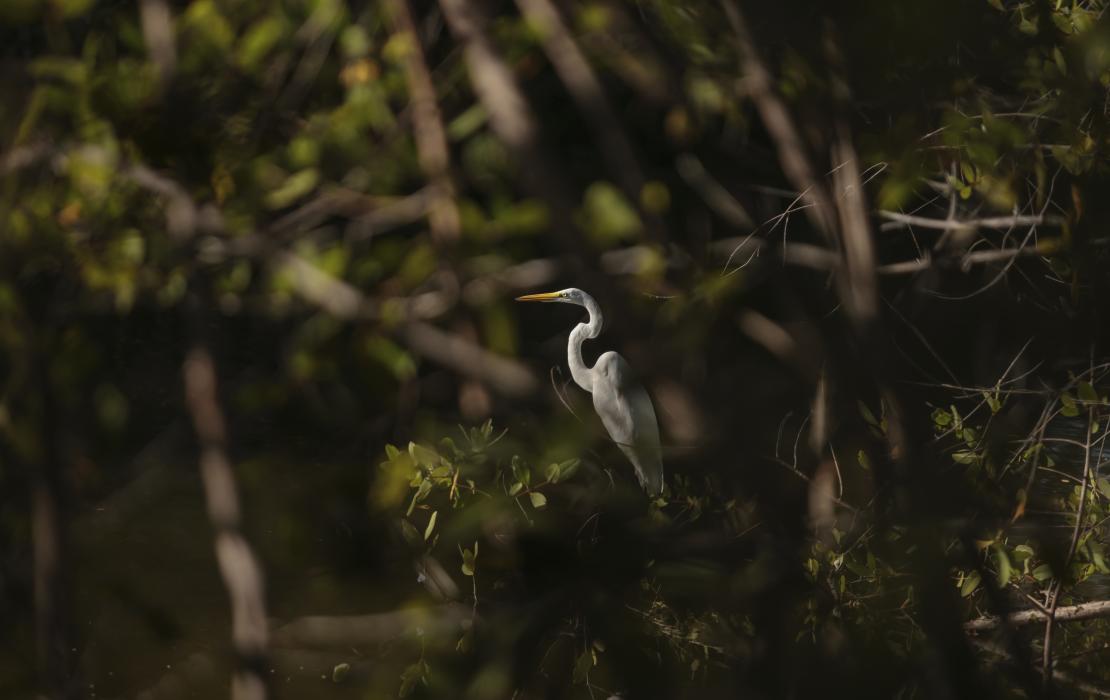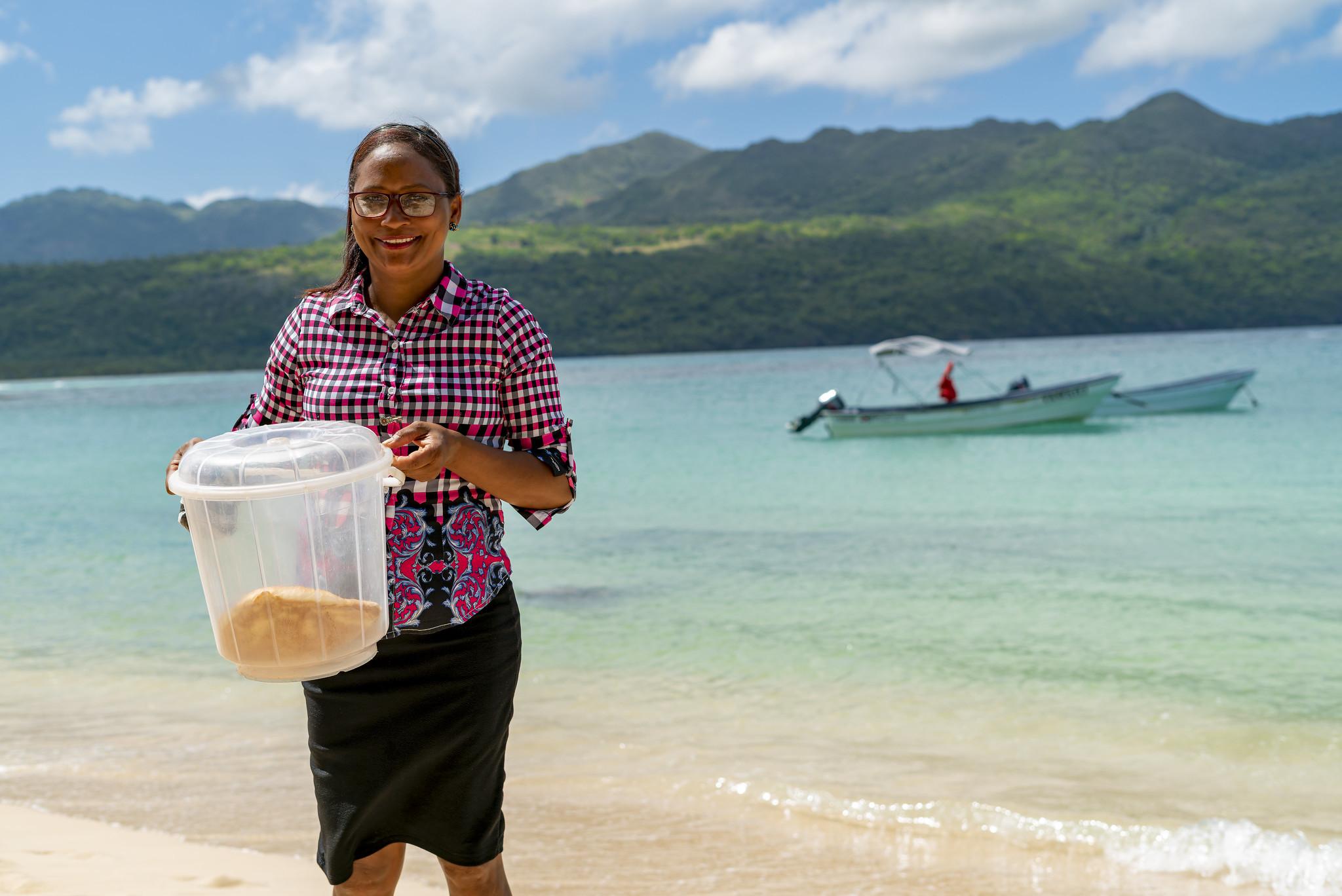
Photo credit: UNDP Dominican Republic
Billions of people worldwide depend on marine and coastal ecosystems for food, income, transportation, health and well-being. Ocean-based sectors are estimated to contribute US$1.5 trillion to the global economy, supporting around 31 million jobs.
But the ocean and its ecosystems also play a key role in limiting climate change, absorbing about 30 percent of the carbon dioxide produced by humans, making them the largest long-term carbon sink in the biosphere. Blue carbon ecosystems, such as mangroves, coral reefs, and sea grasses, are also important hotspots for biodiversity and provide protection against flooding, erosion and storm surges, helping reduce the costs of climate impacts by over $65 billion annually, according to recent studies.
In recent decades, these vital ecosystems have been under increasing pressure from population growth, urbanization, coastal development, pollution, and overexploitation of natural resources, including overfishing. As countries transition to low-carbon economies that increasingly prioritize sustainability, they must ensure that their oceans and coastlines are part of this equation. The blue economy can provide such a solution.
The blue economy refers to the sustainable use of ocean resources for economic growth, jobs and social and financial inclusion, with a focus on preserving and restoring the health of ocean ecosystems and the services they provide. The sectors that contribute to the blue economy range from fishing and tourism to offshore renewable energy and marine biotechnology.
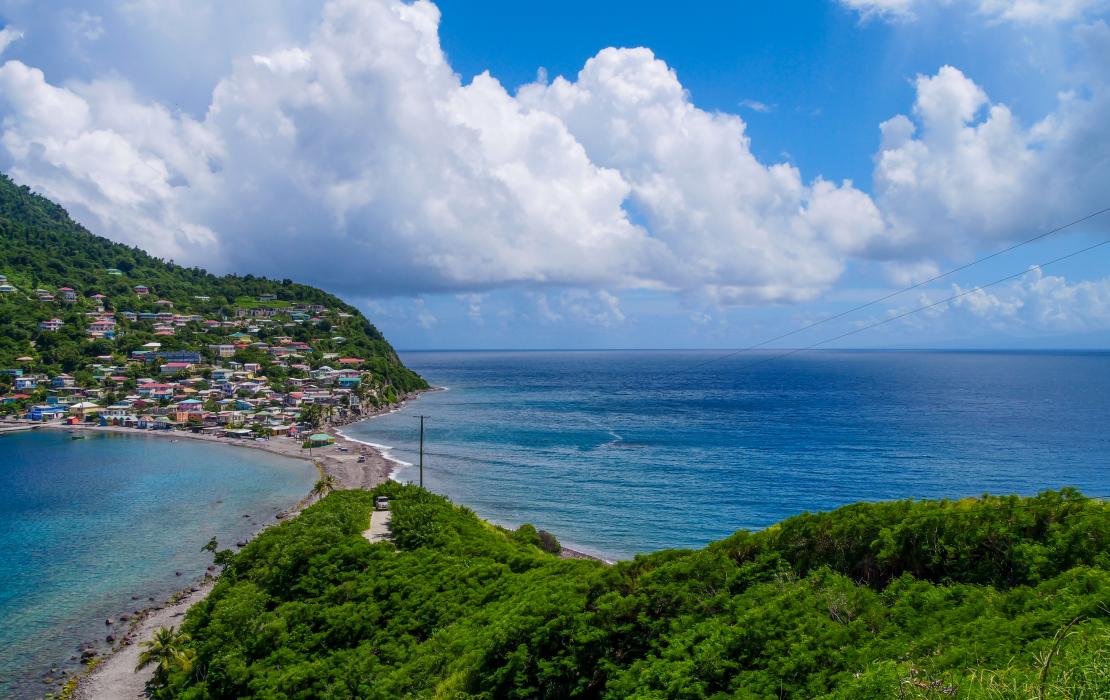
Photo credit: UNDP Barbados/Shani Leacock
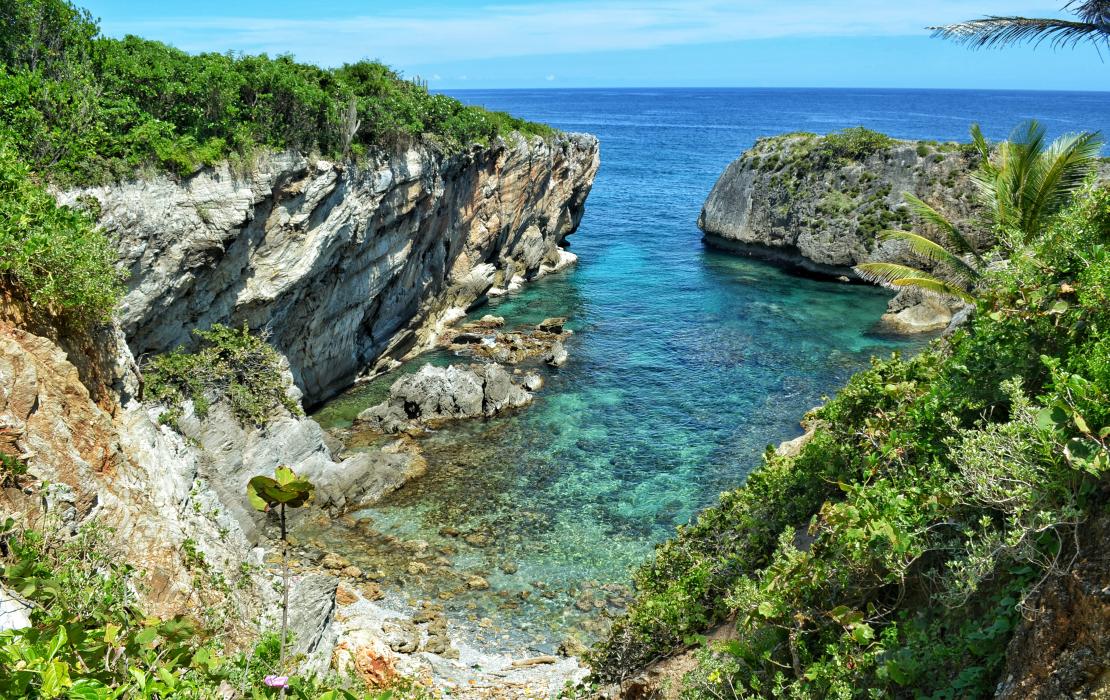
Photo credit: UNDP Dominican Republic
For Small Island Developing States (SIDS) in Latin America and the Caribbean (LAC), the blue economy is of crucial importance. These countries are heavily dependent on their marine and coastal resources to produce food, create jobs and generate income for local communities. For example, the tourism sector accounts for over 9 percent of GDP and 13 percent of jobs in the Caribbean.
As a result, many of these countries have incorporated blue economy measures in the climate pledges they have made under the Paris Agreement, known as Nationally Determined Contributions (NDCs), using the protection of coastal ecosystems to improve both national mitigation and adaptation targets.
In 2023, UNDP developed a resource guide for blue economy and Nature-based Solutions (NbS) in LAC SIDS. As a part of this guide, UNDP analysed how LAC SIDS have integrated blue economy and NbS for the protection and restoration of blue carbon ecosystems in their NDCs.
Here we propose five recommendations based on this analysis:
1. Engage with public authorities and key stakeholders.
Identify key stakeholders and institutions related to marine and coastal issues and guarantee their inclusion and buy-in with strong political and transparent engagement and coordination. For example, Antigua and Barbuda has an official blue economy governance body, the Ministry of Social Transformation and the Blue Economy, which is mentioned in its NDC. In Belize, the Blue Carbon Working Group represents a diversity of NGOs, academic institutions and policy circles who contribute technical inputs and strengthen the efforts for the protection of Belize’s coastal ecosystems through policies, strategies and regulatory instruments.
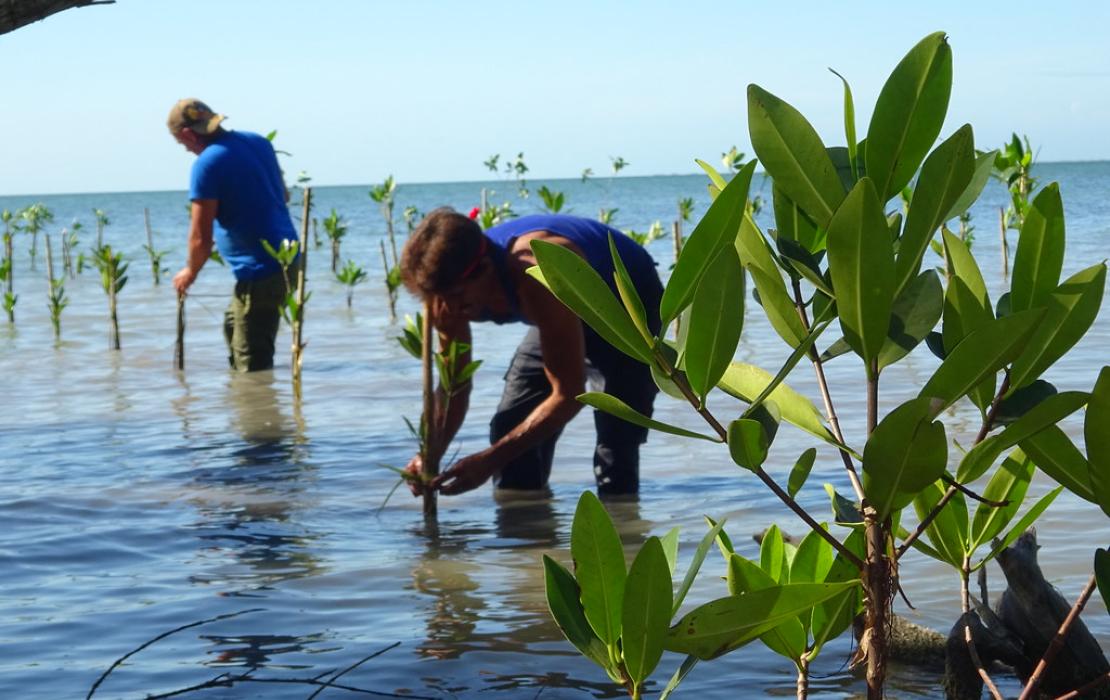
Photo credit: UNDP Cuba
Photo credit: UNDP Haiti
2. Map the policy, legal and regulatory environment.
Identify alignment and gaps in the existing policies, strategies, and planning processes to integrate coastal and marine issues, understanding the different application levels (national, sectoral and subnational). Suriname, one of the countries with the largest extension of mangroves in the region, has worked on a multi-national process in the North Brazil Shelf marine ecosystem to provide technical and institutional support for the protection and restoration of mangroves. This resulted in a blue carbon feasibility study and a coastal vulnerability and adaptation framework. Suriname also has a National Mangrove Strategy (2019) that provides technical advice to the Government of Suriname for the sustainable management and conservation of these ecosystems.
3. Explore innovative financial instruments.
Understand and define available financial sources to implement blue economy actions as well as possible innovative financial mechanisms linked to blue economy. UNDP found that 69 percent of LAC NDCs made a link between finance and blue economy, and that these governments are seeking to develop or leverage innovative tools to achieve their blue economy targets. This includes the case of the Bahamas, that in 2022 adopted a Climate Change and Carbon Markets Initiatives Bill, enabling the establishment of a national carbon market. The Bill aims to encourage the engagement of the Bahamas with high carbon emitting countries and companies and ensure that the financial benefits arising from the trade in carbon credits are well-regulated and in alignment with best practices. This financial mechanism will allow the country to expand the scope of their climate projects and targets.
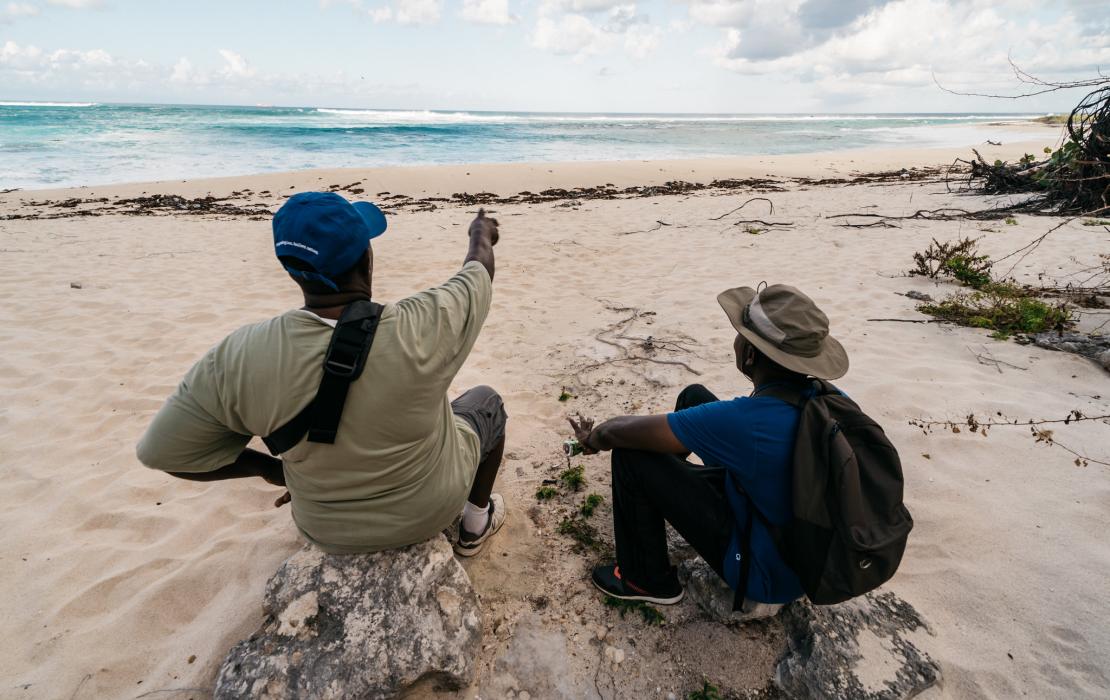
Photo credit: UNDP/Michael Atwood
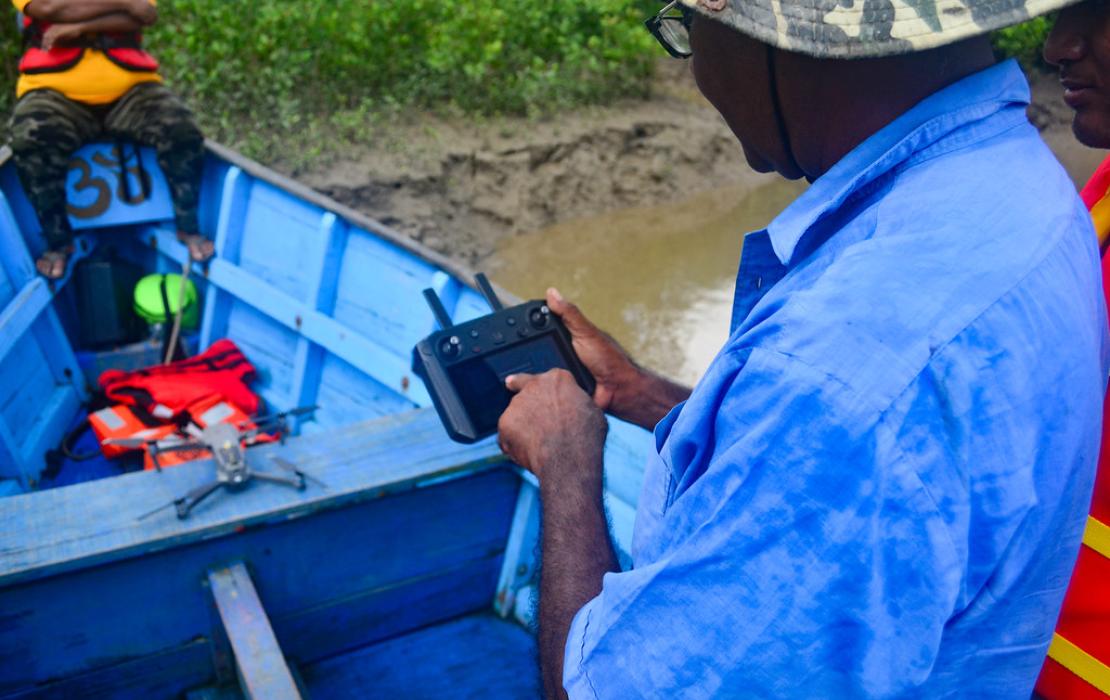
Photo credit: UNDP/Gianluca Merlo
4. Improve data systems.
The quality and quantity of information and data are essential for the design and implementation of blue NDCs, not only to understand the starting point, but also to measure progress of targets and commitments. It is important to assess the data of carbon stocks and/or inventories. Blue NDCs are still possible for countries that do not have blue carbon inventories as developing and improving data collection and inventory processes can happen gradually and be identified as an NDC measure. Some countries are already taking steps to strengthen their data and methodological approaches. In its enhanced NDC, Belize established the goal to complete an assessment of the below ground carbon stock of mangroves by 2022, with the aim of including coastal ecosystems in its’ National Greenhouse Gas Inventory and other relevant reports. Nevertheless, 60 percent of LAC SIDS enhanced NDCs do not link blue economy themes to transparency, highlighting an area of opportunity to strengthen in future NDC revision cycles.
5. Include references of blue economy or coastal wetlands in NDCs.
Apply the decision tree, a tool included in the guide, for integrating blue carbon in NDC mitigation and adaptation targets based on the habitat types and coastal ecosystems available in the country. In their updated NDC’s mitigation targets, Dominica aimed for 100 percent emissions reduction in the shipping subsector by 2030 and Haiti set to restore 1,000 ha of mangrove forests between 2020-2023. As examples of adaptation targets, Barbados included an action to restore vulnerable coral reef ecosystems and the Dominican Republic included the establishment of an Integrated Coastal and Watershed Management Plan.
The analysis will soon be complemented by a forthcoming viability assessment of blue carbon initiatives and financial opportunities to enhance blue economy actions, including a preliminary analysis of blue-carbon projects in the region, barriers and enabling conditions for blue carbon projects, outlining financing sources and opportunities, and a self-testing tool for determining viability and gaps for the development of blue carbon projects.
UNDP seeks to promote better access to blue economy resources and information by SIDS as well as large coastal states, not only in LAC but also in other parts of the world. Doing so strengthens countries’ ability to face the triple planetary crisis and work towards sustainable human development that is aligned with the 2030 Agenda and the Paris Agreement.

Photo credit: UNDP/Michael Atwood
Editor's note: if you are interested in this topic, you can explore the resource guide: “Blue Economies and Nature-based Solutions for enhanced climate action in Latin America and Caribbean Small Island Developing States."
The guide was developed under UNDP’s Climate Promise initiative. Delivered in collaboration with a wide variety of partners, the initiative has supported over 120 countries to enhance and implement Nationally Determined Contributions (NDCs) under the Paris Agreement. This initiative is supported by the generous funding from the governments of Germany, Japan, United Kingdom, Sweden, Belgium, Spain, Iceland, the Netherlands, Portugal, and other UNDP’s core contributors. This initiative is part of UNDP's contribution to the NDC Partnership.

